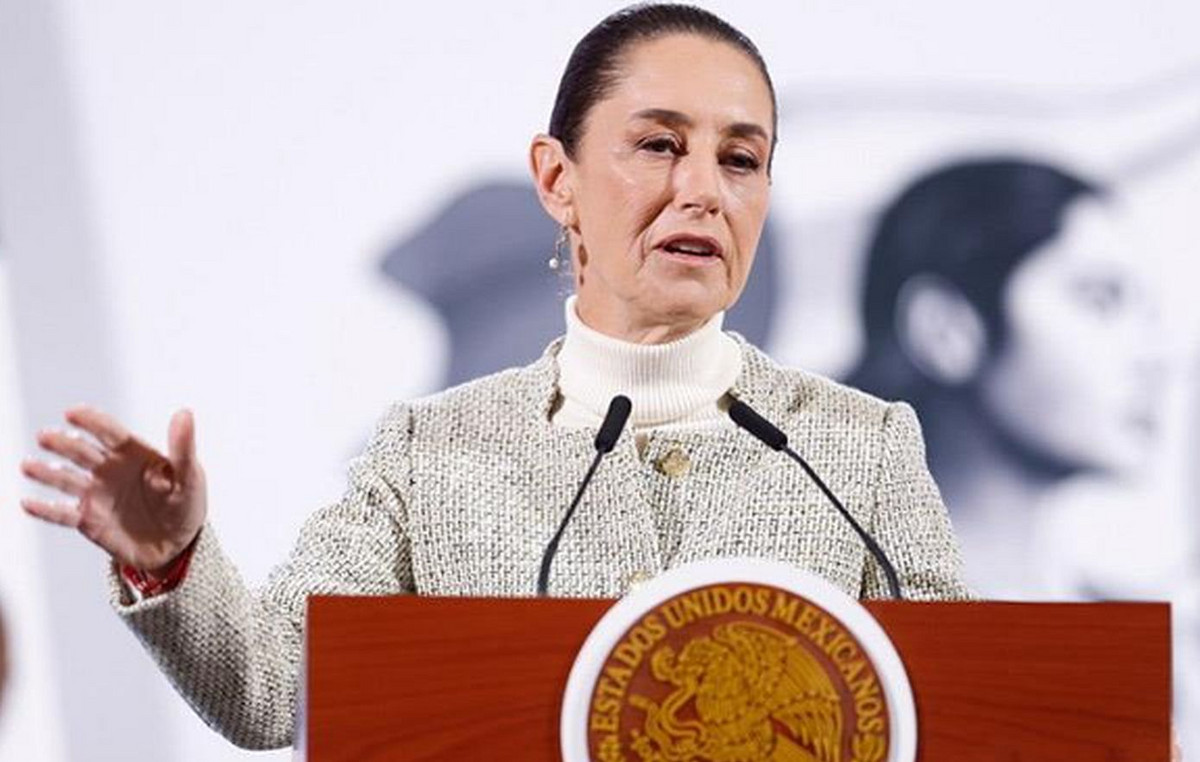The 2022 elections will define the next representatives of the country, in addition to governors, senators and parliamentarians, federal and state. In voting, voters will use the electronic voting machine, used for the first time in Brazil in 1996. Since then, the equipment has been updated.
The program used for voting at the ballot box was developed by the Superior Electoral Court (TSE) and the hardware, the physical part of the equipment, is purchased by the Electoral Court through a bidding process.
The devices are sent to the Electoral Justice of each state and undergo a series of preventive processes and tests in order to ensure perfect operation.
THE CNN Domingos Savio de Souza, responsible for the voting section at the TSE, said that sometimes there are complaints about mechanical or electronic failures.
“But they are very few, between 0.3%, 0.5%, 1% within the total number of polls. So they are minimal,” she said.
How does the electronic voting machine work?
The electronic ballot box has three memory cards that store information about candidates and voters.
One of them is inside the urn, another is used to transmit the section data to the Regional Electoral Court (TRE), and the third is a guarantee for any failure of the first chip.
“The entire process of monitoring the management of the ballot boxes is accompanied by the prosecutor and the judge of law”, he told CNN Daniel do Nascimento Brito, prosecutor of Mato Grosso do Sul.
The member of the TRE-MS security commission, Sérgio Roberto da Silva, explained that the urn is not connected to the internet or does not have any connection via Bluetooth.
“There is no way to access this data in any way,” he said.
The issuance of the so-called “zerésima”, an impression made as soon as the ballot box arrives at the polling places, guarantees that there are no votes cast in it.
In the year 2022, polling places will have a print of the “zerésima” available to the public.
Computation of votes
At the final moment of voting, each voter’s data, as well as who they voted for, is turned into cryptography — a scrambled code that does not allow the identification of “who voted for whom”.
Five versions of the ballot box, issued at the end of voting, contain data on the amount each candidate obtained. One is for the polling station, one is glued to the section, other routes are also for political party inspectors.
The information is also recorded on the memory card inside the urn. The files and the device are taken to the Electoral Justice body, and the data is transmitted to the TSE system.
Due to the dimensions of Brazil, the data transmission logistics are different in each location. The information from the Regional Electoral Courts arrives at a supercomputer inside a safe room at the TSE, where there is a team of technicians who guarantee the functioning of the system.
updates
THE CNN the former TSE technology secretary, who was part of the team to build the first ballot box, Giuseppe Janino, said that there is continuous work on improvement.
“We have used the electronic voting machine for 25 years, the process continues with all credibility. There is no record of fraud during this period, thanks to a systematic work of continuous improvement”, said Janino.
Source: CNN Brasil







